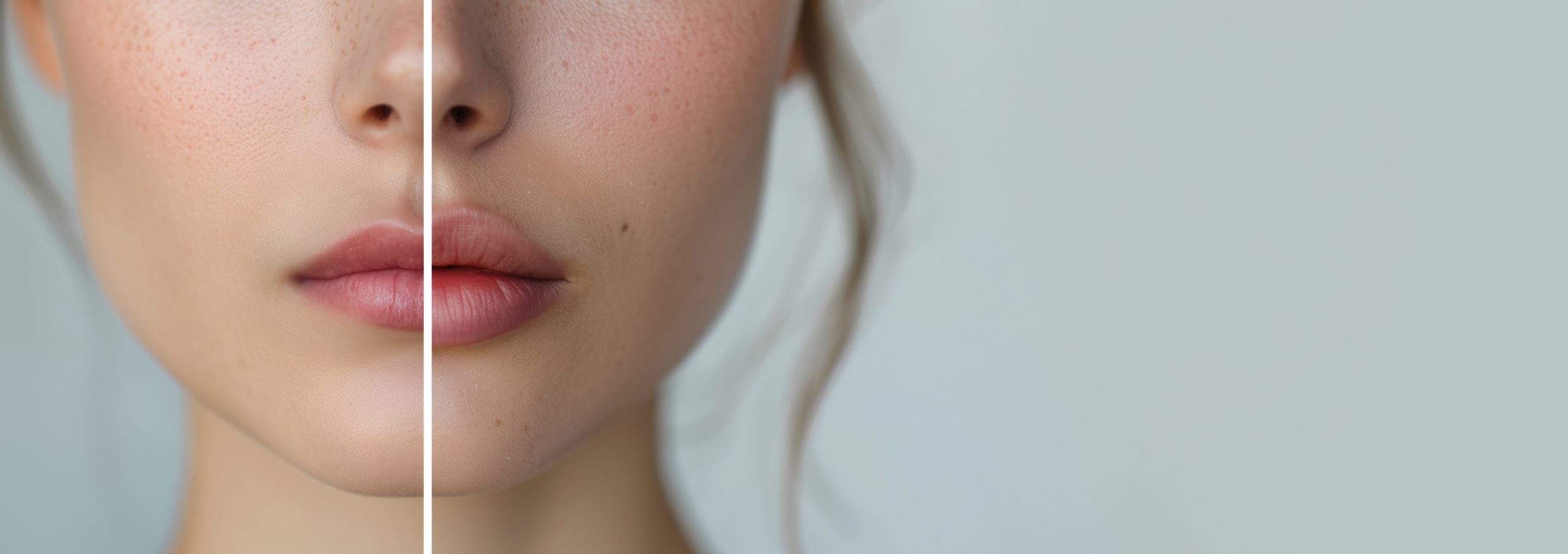When dermal filler migrates, it means the filler has moved from the area where it was originally injected to another part of the face or skin. While migration is not a common issue, it can happen in certain situations, especially if the filler was injected incorrectly or if there is significant movement or pressure applied to the treated area. When filler migrates, it may cause an uneven or lumpy appearance, which can be concerning.
Causes of Filler Migration
- Incorrect injection technique: If the filler is injected too superficially or into the wrong layer of skin, it may shift to unintended areas.
- Excessive massage or pressure: After receiving dermal fillers, applying too much pressure to the treated area (like massaging it too hard or sleeping on it) can encourage migration.
- Volume overload: Overfilling the area with too much filler can sometimes lead to migration as the product may not stay in place as intended.
- Facial expressions or movements: Some intense facial movements, like heavy chewing or extreme facial expressions, might cause the filler to move from where it was injected.
- Type of filler: Some fillers are softer and more malleable, which may increase the risk of migration if not properly placed.
Does Migrated Filler Dissolve?
Yes, migrated filler can dissolve if needed. For hyaluronic acid-based fillers (like Juvederm or Restylane), there is a product called hyaluronidase that can be injected to break down the filler. This can help to dissolve the filler, whether it’s migrated or just too much filler was used. The hyaluronidase dissolves the hyaluronic acid, allowing the body to absorb it.
If you’re concerned about migrated filler, here’s what you can do:
- Consult your injector: It’s best to contact the professional who performed the treatment to discuss your concerns. They will be able to assess the situation and recommend the best course of action.
- Hyaluronidase: If the migration is problematic or causing a lumpy, uneven appearance, your injector may suggest using hyaluronidase to dissolve the filler and restore the natural look.
- Time: In some cases, the filler will settle on its own over time, but this depends on the extent of migration.
Prevention
To avoid filler migration:
- Choose a skilled, experienced injector who knows proper injection techniques.
- Avoid pressure or manipulation of the treated area right after the procedure.
- Follow aftercare instructions carefully to ensure the filler stays in place and heals properly.
If migration is a concern or happens, don’t hesitate to reach out to your practitioner to discuss the options for correction, as they can guide you on the best solution based on your individual case.
